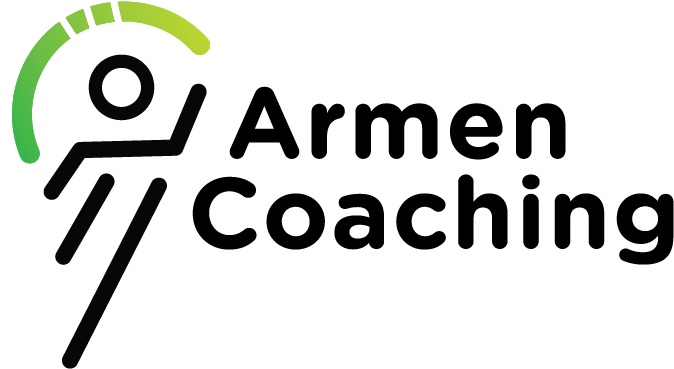We just returned from a 2-1/2 week trip to Colorado and points southwest. It was a great vacation, and it was also an interesting exploration of the effects of heat, elevation, direct sun and humidity in various combinations. What follows are subjective reflections of that experience, not any serious attempt to resolve them with the research literature or regular training practices.
The itinerary: we spent a week in Boulder (/Denver, where my daughter lives). Then we spent three nights each in Santa Fe, Flagstaff, and Tucson. For the first 13 days we were sleeping at 5000-7000’ and running/riding/hiking up to 10,000’. We had bike rentals on three separate days (Boulder, Santa Fe, Tucson), and one significant hiking day near Boulder. The other days I ran.
I’ve ridden in Colorado before, and one thing that’s striking is how fast you can ride on flat courses. The reduced resistance of the thin air more than offsets the reduced supply of oxygen. I think I get a 1-2 mph advantage for a typical endurance-effort flat ride.
Climbing, things change in two ways: less speed, so resistance is less of an issue, and more demand for oxygen, because I, for one, can’t climb at a low effort. My sense, though, is that up to maybe 8000’ it’s not that different from sea level climbing. Mt Washington, for instance, is around 6000’, and what hurts on that climb is the grade, not the elevation.
On the other hand, running at elevation — even at 5000’ — always feels tough for at least a few days. We had sunny days well into the 80s in Boulder/Denver, and the heat stress combined with the elevation were significant. But after a few days the elevation was less of an issue that the heat/sun; a run early in the day, on cloudy days, or in the shade didn’t feel that much different than a normal run at home.
By the time we got to Flagstaff, the 7000’ elevation was not a particular issue; again, the stress seemed mostly dependent on temperature and how much direct sun there was. (Side note: if you’re ever in Flagstaff, go for a run in Buffalo Park. It has a two-mile gravel loop over varying terrain, and it’s full of high school, college and adult runners.)
We arrived in Tucson (2500’) in the afternoon, and it was 103 degrees. Our friend’s pool water was 90 degrees, there was not a cloud in the sky, and we sat in the pool with hats on and were quite comfortable. Here’s the amazing thing: if we got out of the pool, the evaporative effects of the sun and heat and dry air could make us feel chilly in seconds! (I kept getting in and out to witness the goosebumps.)
I had one tough morning run when it was only about 90, but I misjudged just how quickly the direct sun, temperature and dry air were drying me out. It was one miserable hour. But the next day I did a big ride up Mt. Lemmon (over 6000’ of climbing) and I felt pretty good, due to a generous cloud cover and the cooler air at elevation.
One consequence of all of this is that I have less bravado about the heat, about which I’ve always said, “Bring it on!”. I’ve been doing some workouts early in the morning (not my norm!) to get some quality running in. On some of these days, it’s seemed very clear to me that humidity isn’t so bad without the heat, so these days when it starts at 70 degree with 90% humidity aren’t bad at all, compared to 85-90 larger when the humidity has dropped to 50-60%.
Overall my sense of how much each factor induces stress has shifted. I am less concerned about elevation and humidity, and more about temperature and direct sunlight. YMMV.
